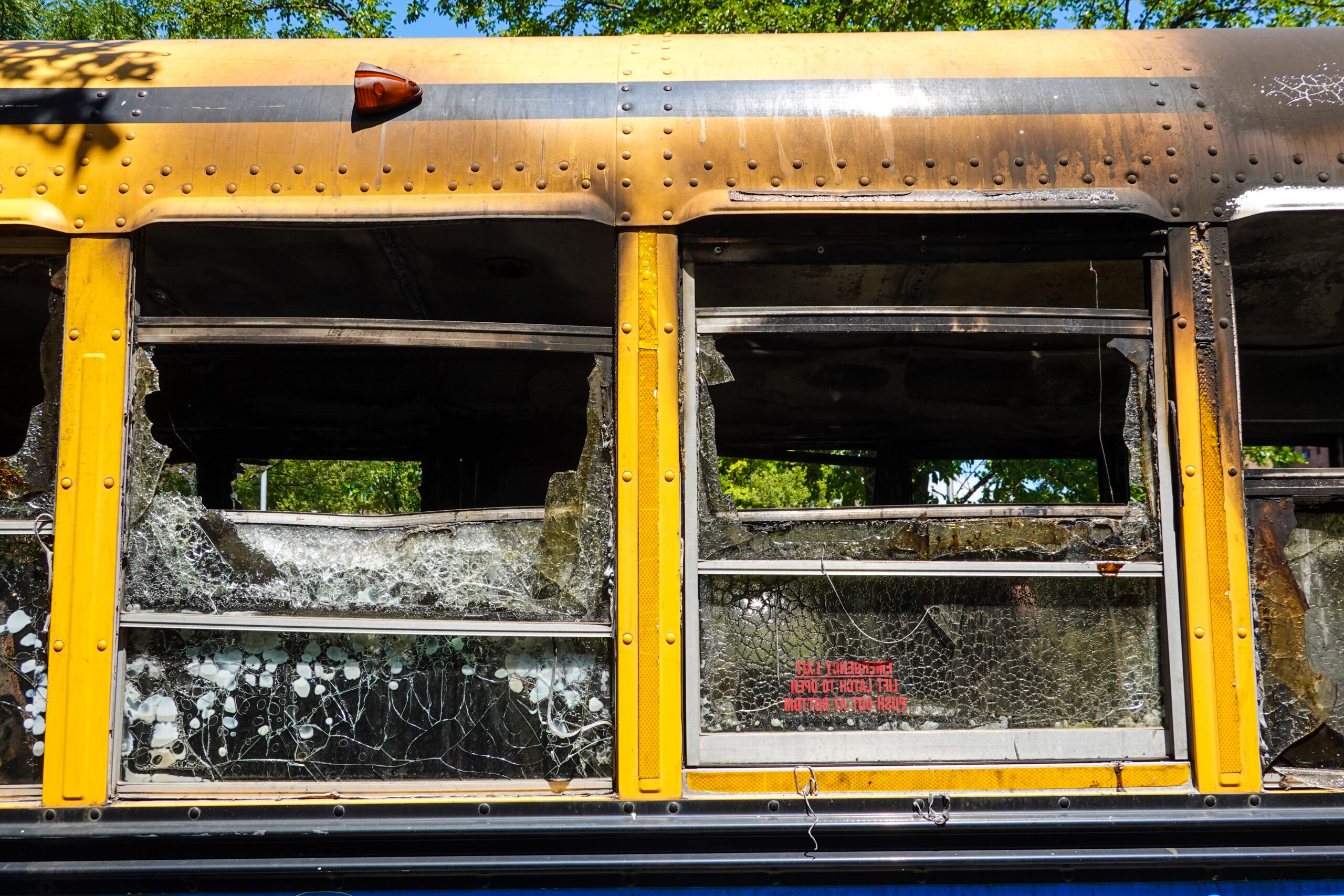
Recent events – some just this year – have highlighted the need for high-quality fire suppression systems on school buses. Recently in Lincoln County, Kentucky, a quick-thinking bus driver was thankfully able to rescue all 12 kids on his bus when a fire broke out.
Another incident occurred in Victor, New York, an electrical fire caused multiple buses to ignite. In all, two buses were lost and three more were damaged. Again, back in December, another school bus was lost to a fire in Virginia. Another school bus fire just last month in Jeff Davis County, Texas, could have turned deadly if not for the quick actions of the driver.
A few more examples to illustrate the ever-present risk: two motorcoaches were notably engulfed in flames in just the past few months: a touring motorcoach in Pennsylvania and a commuter coach on the highway in New Jersey. In each case, passengers had to rush to get off the coach before the flames overwhelmed the vehicle.
Jomarr Products, Inc. provides modern, effective, custom designed, modular fire suppression – for Diesel, gasoline, electric, propane, or alternative fuel buses – with an innovative compound at the core of our aerosol technology. An aerosol is defined as a two-phased media consisting of solid particles suspended in a gas. Jomarr AGX aerosol consists of potassium-based particles, suspended in a gas carrier.
This is my primary message to bus operators regarding fire safety: Do not attempt to fight the fire. Your first priority in the event of a fire is to evacuate the passengers, move away from the bus, and then call 9-1-1.
Bus operators need to understand that an on-board automatic fire suppression system is essential for passenger safety and should be regarded as “required equipment” – and not just an optional safety feature. A portable fire extinguisher is inadequate fire suppression protection.
Conventional extinguishing agents face a number of challenges in combating electric or lithium-ion battery fires. Certain manufacturers claim that they can extinguish lithium fires with water-based systems, and others claim that they can achieve the same with other extinguishing methods.
The reality is that some of the agents proposed by other manufacturers could exacerbate the situation instead of providing actual fire suppression due to the fact that lithium forms a very explosive gas when combined with water.
The tell-tale signs of a potential vehicle fire include obvious things such as smoke from the engine compartment and/or dashboard, burning smell, rough-running engine, engine noise (turbo failure), etc.
Some key preventative steps drivers and techs should take to mitigate fire risk include installing an engine compartment overheat/fire alert system. Also by checking for potential hazards such as fluid leaks in the engine compartment, debris on the engine, and damaged or frayed wiring harnesses.
Mark Perrella is president of Jomarr Products, Inc., a recognized leader in automatic vehicle fire suppression
technology since 1985. Visit www.jomarrproducts.com for more information.


